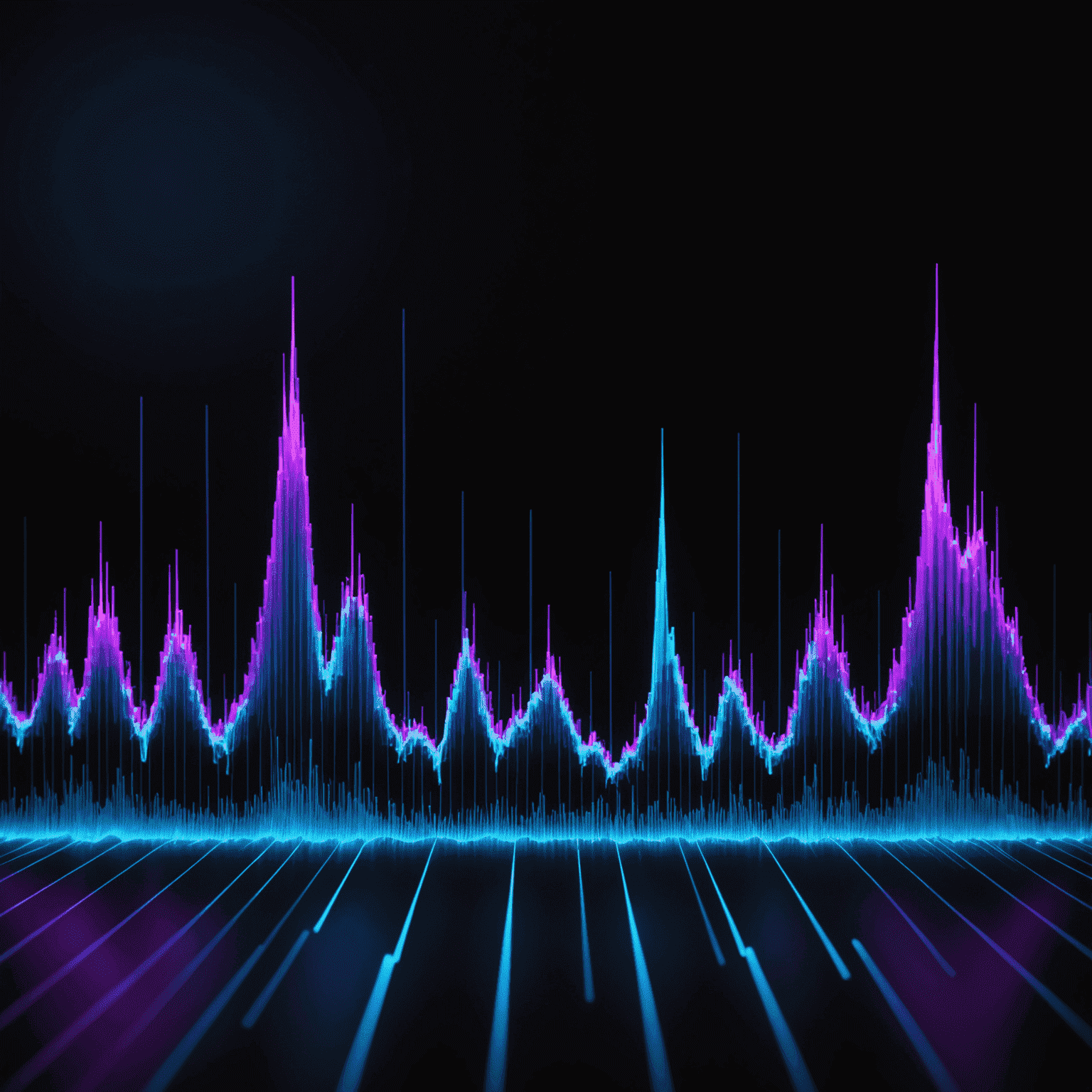WAVEFORM ANALYSIS
Dive into the intricate world of waveform analysis and unlock the potential to enhance your audio projects like never before. Understanding the principles behind analyzing and interpreting different waveforms is crucial for any audio enthusiast or professional looking to take their skills to the next level.
THE BASICS OF WAVEFORMS
Waveforms are visual representations of sound, showing how amplitude changes over time. By analyzing these patterns, you can gain insights into the characteristics of your audio, such as frequency content, dynamics, and overall quality.

TYPES OF WAVEFORMS
- Sine Waves: The purest form of sound, representing a single frequency
- Square Waves: Rich in harmonics, often used in synthesizers
- Sawtooth Waves: Characterized by a rapid rise and gradual fall, common in electronic music
- Triangle Waves: Smooth and symmetrical, offering a softer sound than square waves
TOOLS FOR WAVEFORM ANALYSIS
Modern digital audio workstations (DAWs) like Audacity provide powerful tools for waveform analysis. These include:
- Spectrum Analyzers: Visualize frequency content
- Oscilloscopes: Display waveforms in real-time
- Phase Correlation Meters: Assess stereo image and phase relationships
- Loudness Meters: Measure perceived loudness over time
APPLYING WAVEFORM ANALYSIS
By mastering waveform analysis, you can:
- Identify and remove unwanted noise or artifacts
- Fine-tune EQ settings for optimal frequency balance
- Achieve precise timing and rhythm in your productions
- Create unique sound designs by manipulating waveforms
Embrace the power of waveform analysis and elevate your audio projects to new heights. With practice and experimentation, you'll develop an intuitive understanding of sound that will transform your approach to audio production.
